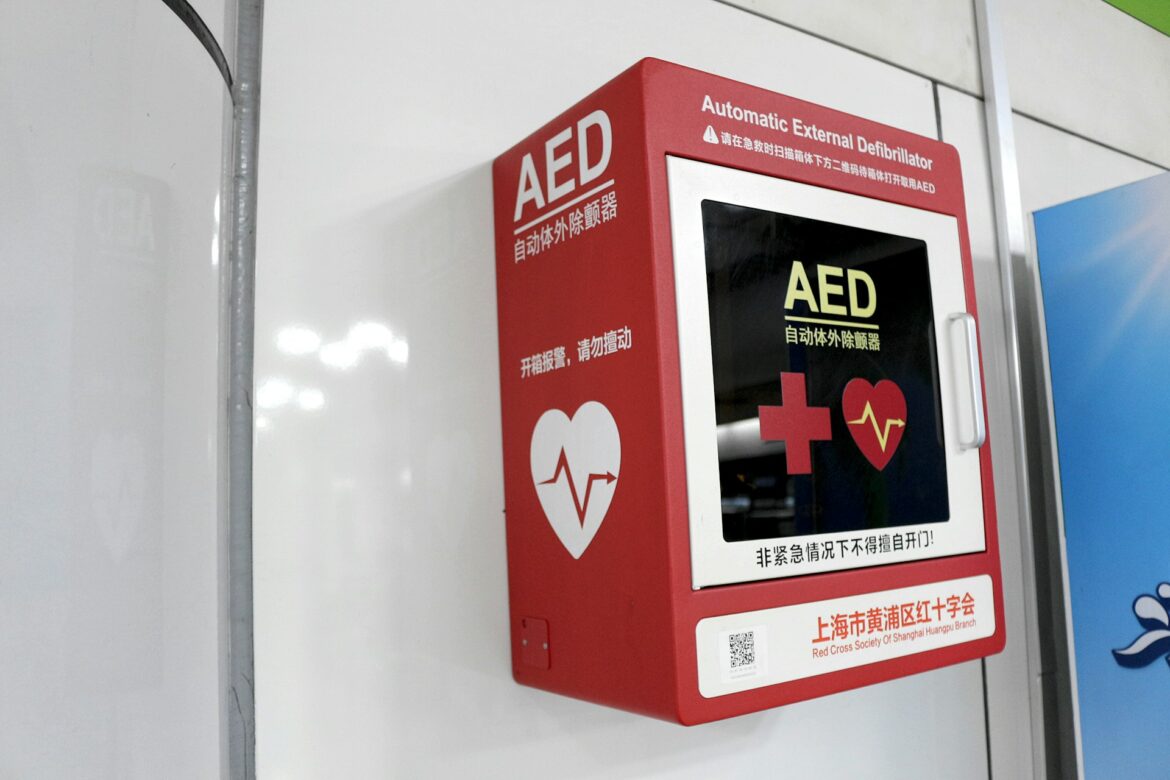Ontario will become the first province in Canada to require automatic external defibrillators at construction sites, a move aimed at reducing workplace fatalities in an industry where cardiac events are a leading cause of death.
The proposed legislation would apply to construction projects expected to last three months or longer with 20 or more workers. The Workplace Safety and Insurance Board would reimburse contractors for the cost of purchasing the devices, which average $2,300 each.
“Our government is protecting Ontario workers that are building our province by requiring AEDs on construction sites,” said David Piccini, Minister of Labour, Immigration, Training and Skills Development. “Our skilled workers are at the centre of our government’s plan to build highways, energy and key infrastructure.”
Construction workers face higher cardiac risk
Construction workers face higher risks of cardiac events compared to other industries. Ministry data shows more than 15 per cent of inspection reports related to cardiac incidents or heart attacks occurred in the construction sector.
AEDs are electronic devices that can restart a person’s heart if it stops beating. When used with CPR in the first few minutes after cardiac arrest, the devices can improve survival rates by more than 50 per cent.
The timing is critical for survival. “Survival rates decrease by about 10% for every minute without defibrillation,” said Chuck Resnick, president of The Mikey Network. “On construction sites where emergency services may take time to arrive, an on-site AED can be the difference between life and death.”
Industry supports safety measure
Construction industry groups have welcomed the proposed requirement, which emerged from consultations held as part of the government’s Working for Workers Five initiative.
“The safety of our members is, and always will be, our top priority,” said Jack Oliveira, business manager of LiUNA Local 183. “Lives can change in seconds on a construction site, and access to an AED can mean the difference between life and death.”
The proposal has also gained support from health advocacy organizations. “Sixty thousand cardiac arrests occur outside of a hospital per year in Canada, and only one in ten survives,” said Dr. Lesley James, director of health policy and systems at Heart & Stroke. “When used quickly, AEDs can double those chances of survival.”
Financial support for businesses
The WSIB reimbursement program would be funded through the insurance fund, helping offset costs for contractors. During industry consultations, stakeholders highlighted the need for financial support to help smaller businesses purchase the devices.
“This WSIB reimbursement program would be paid from the WSIB insurance fund,” according to the government announcement.
The measure builds on previous workplace safety initiatives, including 2022 changes that required naloxone kits in at-risk workplaces.
Broader workplace safety package
The AED requirement is part of a larger workplace safety package the government plans to unveil in coming days. The initiative represents the latest in a series of Working for Workers Acts introduced since 2021.
“This latest package will help protect Ontario workers and the economy for the long-term, create safer workplaces for a stronger workforce and fight worker abuse by cracking down on bad actors,” the government said in its announcement.
Industry leaders have praised the government’s approach to workplace safety. “This legislation will save lives,” said Andrew Pariser, vice-president of RESCON. “Ontario will be the first jurisdiction in North America to introduce this legislation.”





